Graham Reid | | 4 min read
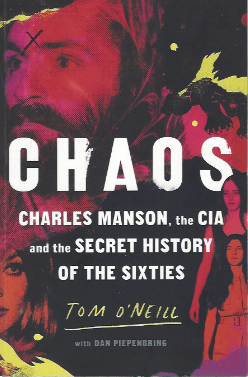
There have been dozens of books and articles in the five decades since the arrest of Manson and his Family, and films and TV adaptations and so on.
As outlined in Helter Skelter, the book by the prosecuting attorney Vincent Bugliosi, the petty criminal and recidivist Charles Manson – released from jail in '67 after a seven stretch – emerged into a world of hippies and couldn't believe his luck.
He was street smart and cunning and in his 30s, the street people were naïve and passive and almost two decades younger.
Through a mixture of charm, mysticism, charisma and LSD – he eschewed speed – he gathered around him a group of pliable young people, mostly lost girls and women, and through brain-washing, enforced sexual submission – he anally raped a 13 year old in front of the group to show how they needed to set aside feeling -- he moulded them into a small army of zombies who would do his bidding.
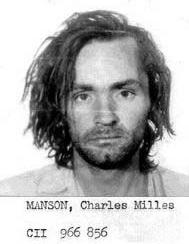 Inspired by the Beatles' White Album – especially the songs Helter Skelter, Piggies and the experimental Revolution 9 – Manson conjured up the idea of race war between blacks and white (helter skelter) starting with murders of whites (the piggies) and then when the blacks won the war (the sound of Revolution 9) the Manson Family (which had been living underground out in the California) would emerge to take control over the blacks who were unable to create a world order.
Inspired by the Beatles' White Album – especially the songs Helter Skelter, Piggies and the experimental Revolution 9 – Manson conjured up the idea of race war between blacks and white (helter skelter) starting with murders of whites (the piggies) and then when the blacks won the war (the sound of Revolution 9) the Manson Family (which had been living underground out in the California) would emerge to take control over the blacks who were unable to create a world order.
This much is received narrative.
And the murders of Sharon Tate and her friends, and the LaBianca couple the following night – both horrific in their brutality, words “Healter Skelter” and “pigs” written on their walls in their own blood – were intended to be the sparks which ignited the race war which Manson felt was too long in coming.
It's so bizarre -- and Manson such a hypnotically evil figure and his Family girls so much automatons in his thrall -- that it captivated the world, made Bugliosi a wealthy man from book sales. In many minds these murders were, along with the Rolling Stones' Altamont disaster that same year, what ended the idealism of the hippie era.
But what if that received narrative is mostly untrue?
What if Bugliosi hid or ignored other narratives in his drive to get a conviction?
What if on close scrutiny aspects of it – the prompt of the Beatles' songs, Manson's relationship with record producer Terry Melcher who had previously occupied the Tate-Polanski house, Manson's period in San Francisco gathering his tribe before moving to LA – were found flawed or ignored?
What if there were some strange covert relationship between various secret service agencies and Manson, who seemed to be able to commit felonies and yet remain on the street despite multiple breaches of his parole?
What if there were greater forces at work and that Manson was the tool of these forces in a conflict with the Black Panthers?
 Manson was virulent racist and clearly psychopathic who considered the Panthers were out to get him. The perfect tool to leverage against the Panthers for organisations like the CIA.
Manson was virulent racist and clearly psychopathic who considered the Panthers were out to get him. The perfect tool to leverage against the Panthers for organisations like the CIA.
This freewheeling book by researcher Tom O'Neill had its genesis as an article to be published on the 30thanniversary of the Manson murder but that deadline passed . . . as did so many other over the decades because O'Neill went down the rabbit-hole following leads which took him to self-aggrandising old Hollywood ne'er-do-wells (some of whom suggested they had worked in covert activities), lawyers and probation officers, people with very dodgy secret service connections, Hollywood and music industry people who flatly refused to co-operate, a couple of unhelpful phone calls to Manson, encounters with Bugliosi who seems a nasty and corrupt piece of work who realised that O'Neill was either onto him or onto something . . .
Yes, you too will gulp hard as his editors did when he finds a connection between Jack Ruby (who shot and killed Lee Harvey Oswald who had been arrested for the murder of JFK) and those who knew Manson.
There's a lot of weird conspiracy stuff here (some of it stacks up however and you can't help admire O'Neill's conviction if not obsession) and he effectively rebuffs some key elements of the case against Manson.
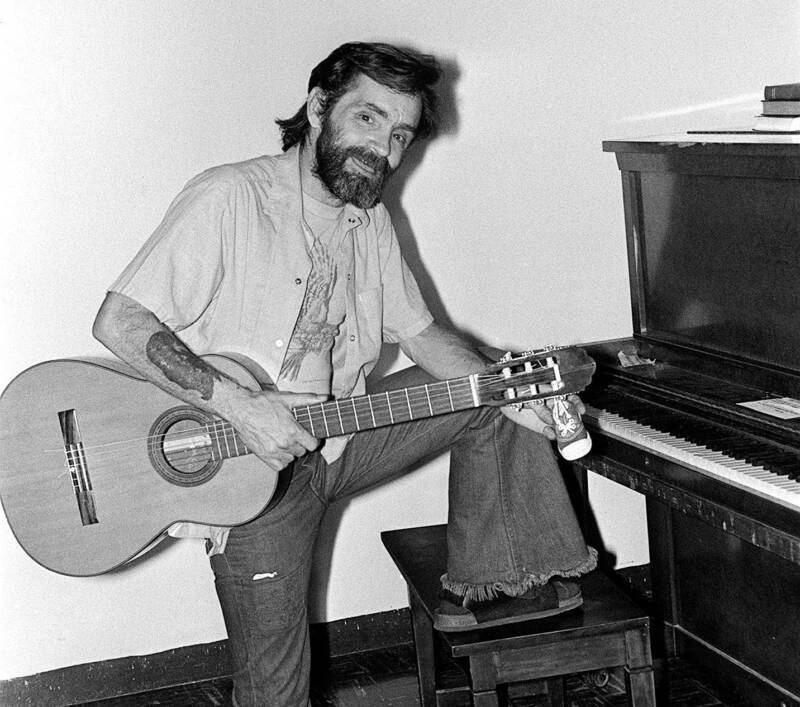 If the murders at the Tate-Polanski house were intended to send a message to Melcher for not giving Charlie – an aspiring musician who lived at Beach Boys' Dennis Wilson's house for a while * – a recording contract, then how come Melcher was seen at the Manson Family ranch three times after the slaughter?
If the murders at the Tate-Polanski house were intended to send a message to Melcher for not giving Charlie – an aspiring musician who lived at Beach Boys' Dennis Wilson's house for a while * – a recording contract, then how come Melcher was seen at the Manson Family ranch three times after the slaughter?
And that Beatles' connection to a race war? It actually makes little sense because the blacks didn't rise up, so how come the killings stopped if the idea was to foment a race war?
And the unsolved or unexplored murders around the Family?
The LSD experiments and the psychologists who conducted them?
The parole officer who edited his vast case list down to just Manson and even took in his baby born to one of the girls?
O'Neill writes this as the book equivalent of the doco style of Nick Broomfield (Biggie and Tupac, Kurt and Courtney) where the narrator is present the whole way and explains the next bit or does the whole as-it-happened scenario.
It is a huge book which will either lose you early or have you engrossed but requiring a whiteboard (as the author had) to follow the web of coincidences, murders, cover-ups, lies, evasions, red herrings, odd organisation . . .
And no, he doesn't argue that Manson didn't do it.
He just argues there is a whole lot of more to that story – notably that key period between Manson's release from prison and his arrest in connection with the murders that really is germane but went unexplored or deliberately omitted in Bugliosi's case for the prosecution.
Not for the casual reader but conspiracy theorists (and despite two decades on this O'Neill isn't one, he's assiduous in his research, the references at the end are vast) will delight in the weird machinations of shadowy US characters and organisations.
* Charles Manson's songs can be heard on Spotify here.

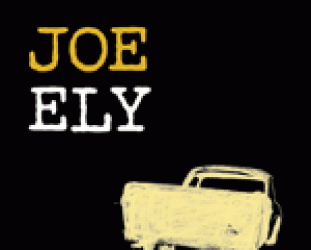


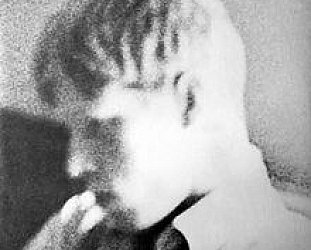
post a comment